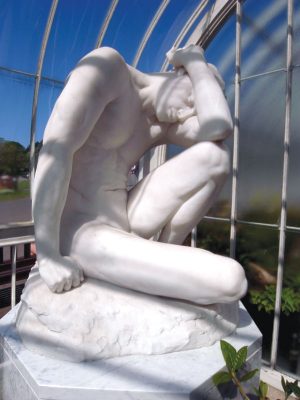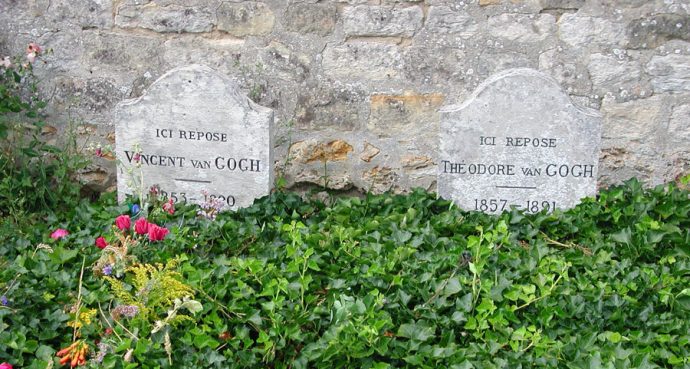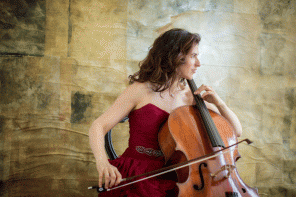It is our most enduring relationship — longer than that of parent and child or spouses — and more complex than friends, because it assumes a friendship, bound by blood.
Siblings are one another’s first friends, cohorts, playmates, helpmates and sounding boards. They’re also one another’s first rivals and even enemies, sometimes fatally so.
Every story about siblings must begin with that of Cain and Abel or the many variations thereof. Cain and Abel both sacrificed to the Lord — Cain, the fruits of tilling the soil; Abel, those of tending his flock. God, as is his wont, was pleased with Abel’s sacrifice. That of Cain — a vegan ahead of his time — not so much. Rejected and jealous, Cain kills Abel.

The Bible, in its wisdom, never explains why. Nor does it answer the obvious question: If God is God and therefore omniscient, then he must’ve known how Cain would react beforehand, n’est-ce pas? Ah, but God gives men free will, the catchall answer. There is another one, however, which assumes the rich metaphoric quality of the Bible, and that is that the story of Cain and Abel is a parable of humanity’s journey from a nomadic people following the herd to an agrarian society that puts down roots in every sense of the word. Note that as a punishment Cain is set to wandering — but not really. He goes to dwell in the land of Nod, east of Eden; marries, presumably one of his and Abel’s sisters; and fathers a son, Enoch, whose name he gives to the city he builds — none of which he would have done presumably had he not murdered Abel. But then as the 18th-century poet Alexander Pope observed in “An Essay on Man”:
“All nature is but art, unknown to thee;
All chance, direction, which thou canst not see;
All discord, harmony not understood;
All partial evil, universal good.
And, spite of pride, in erring reason’s spite,
One truth is clear, ‘Whatever is, is right.”
There are, as we have said, any number of similar stories that span ancient traditions, including the Abrahamic faiths and Sumerian mythology. And there are countless artworks inspired by the story down through history. Perhaps the greatest of these is John Steinbeck’s 1952 novel “East of Eden,” which gives us two pairs of Cain and Abel-bodied brothers — Charles and Adam Trask and Adam’s sons (who may really be Charles’ out-of-wedlock boys) Cal and Aron. The 1981 miniseries dramatized the whole book, which is set primarily in Salinas Valley, California, in the early 20th century. Better-known, however, is the 1955 film version, which concentrated on the second pair and made James Dean, as Cal Trask, a star.
In each version, the sensitive, ornery Cal is rejected by the strict Adam, which precipitates his terrible revenge on the pious, inflexible Aron. (The movie scene in which Raymond Massey’s Adam rejects a birthday gift of money from Dean’s Cal because it was made on wartime speculation remains one of the most painful you’ll see on film.)
Steinbeck underscores the tension between Cal and Aron by introducing a love triangle involving Aron’s fiancée, Abra, who is eventually drawn to the wilder but more compassionate Cal — a triangle that exists in some versions of the Cain and Abel story.
Abra, like the reader/viewer, comes to understand that while Aron may appear to be the more moral of the two brothers, it will be the forgiving and forgiven Cal who is left to fulfill his father’s wish for his sons to lead a good life.
Hollywood has seen plenty of on-screen sibling rivalry and at least one grand case off it with Oscar winners Olivia de Havilland and Joan Fontaine — sisters who were not always sisterly. Olivia — a 102-year-old legend perhaps best-known as Melanie in “Gone With the Wind” — was the elder by 15 months. But Joan — the shy but feisty governess in “Jane Eyre” (1943) — was the first to do many of the things they shared.
As Joan told The Hollywood Reporter, rather presciently, in 1978: “I married first, won the Oscar before Olivia did and, if I die first, she’ll undoubtedly be livid because I beat her to it.”
As is often the case of rival sibs, the coveted affection of a parent served as the backdrop. Joan thought their mother, Lillian, preferred Olivia. (Indeed, when Joan set out to follow Olivia into an acting career, Lillian reportedly nixed the idea of Joan using the family surname as it was already part of Olivia’s brand. So Joan took Lillian’s maiden name.)
The relationship was further complicated by Olivia’s early difficulty in accepting a younger sibling — she apparently cut up Joan’s hand-me-downs; Joan’s childhood illnesses, which brought out Lillian’s protectiveness; and an endless she said-she said about everything from their Oscar rivalry to Lillian’s cancer treatment and subsequent death. (Though Joan would beat out Olivia the year she won for “Suspicion,” 1941, Olivia would go on to win Oscars for “To Each His Own” and “The Heiress,” making them the only siblings to date to receive Oscars.)
Despite their up-and-down relationship and final period of estrangement, Olivia said she was “shocked and saddened” upon hearing of Joan’s death in 2013.
There are many sibling relationships, however — real and imagined — that retain a genuine warmth and love despite their complexities. Think of the four sisters in Louisa May Alcott’s much-loved, much-filmed “Little Women,” celebrating its 150th anniversary this year. The quartet cycles through war and peace, envy and forgiveness, love and death. But what never changes is the sisters’ devotion to one another.
One of the most moving and successful real-life sibling pairings was Vincent van Gogh and his art dealer brother, Theo.
Their story is also oft-told, including in Irving Stone’s 1934 novel “Lust for Life,” made into a 1956 film, and the 1990 movie “Vincent & Theo.” Much has been said, then, about Vincent’s failure to “make it” as an artist, about how Theo was not only his emotionally troubled brother’s patron but really also his brother’s keeper. (Most of the more than 800 letters Vincent wrote were to Theo, who kept his adored big brother’s correspondence.)
When Theo married Johanna Bonger in 1889, Vincent became concerned that perhaps there would no longer be financial room for him in Theo’s life — particularly after the couple’s son, Vincent, was born.
The senior Vincent needn’t have worried, for he not only didn’t lose a brother, he gained a sister — and ultimately an effective marketer. When Theo died in Paris in 1891 — six months after Vincent’s death — Johanna was left with the paintings and correspondence Theo had accumulated from his brother. In words and images, her husband and his brother came flooding back to her. Recognizing that this was baby Vincent’s legacy, she began to exhibit the paintings and publish the letters. You can say that Johanna van Gogh-Bonger made Vincent van Gogh Vincent van Gogh.
In 1914, Theo’s body was exhumed and reburied beside Vincent’s in Auvers-sur-Oise, France. A stone wall serves as a head rest for the markers; a bed of ivy and flowers, their coverlet.
They are the symbols of a bond that begins in the womb and extends even beyond the grave.





